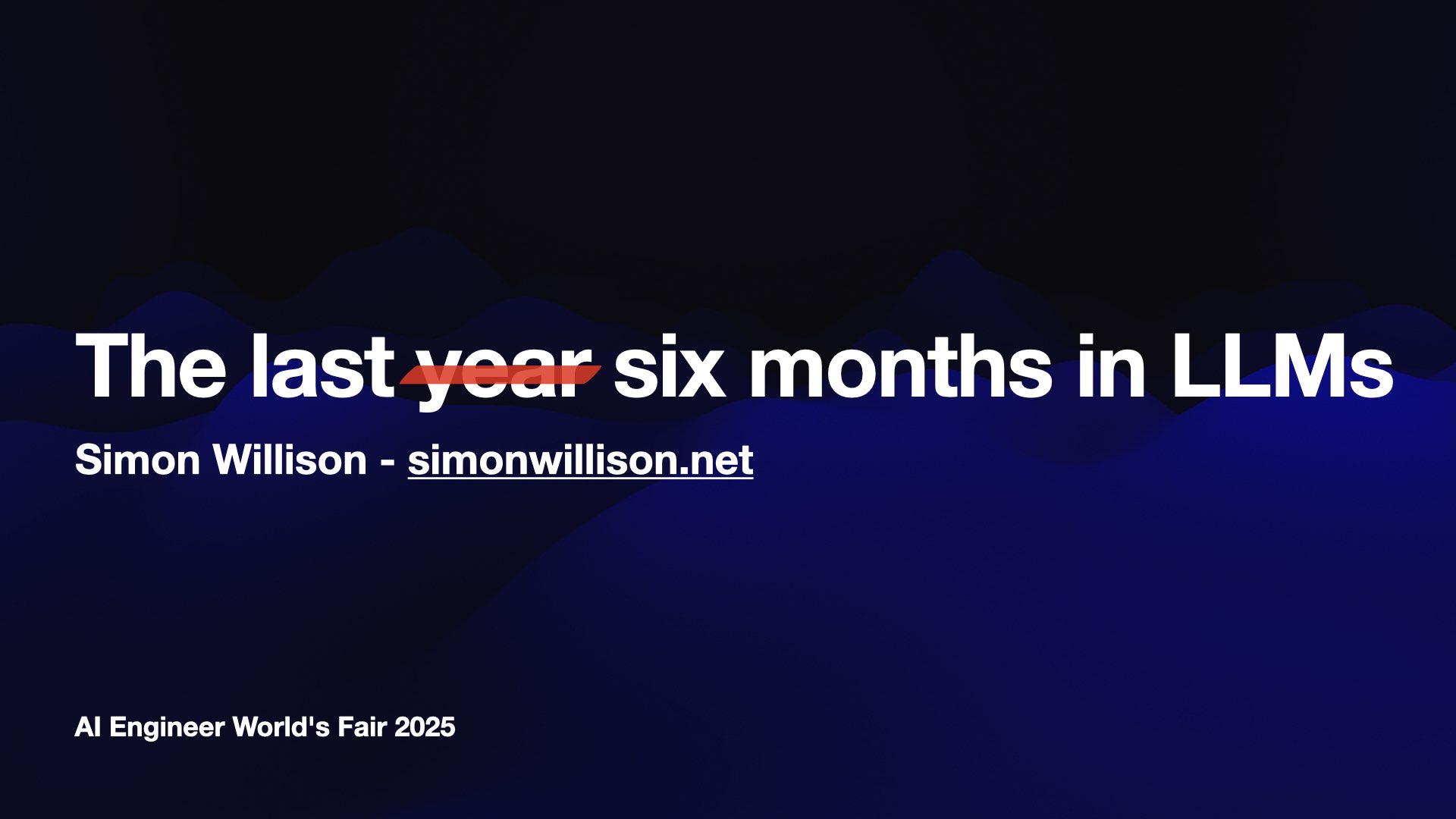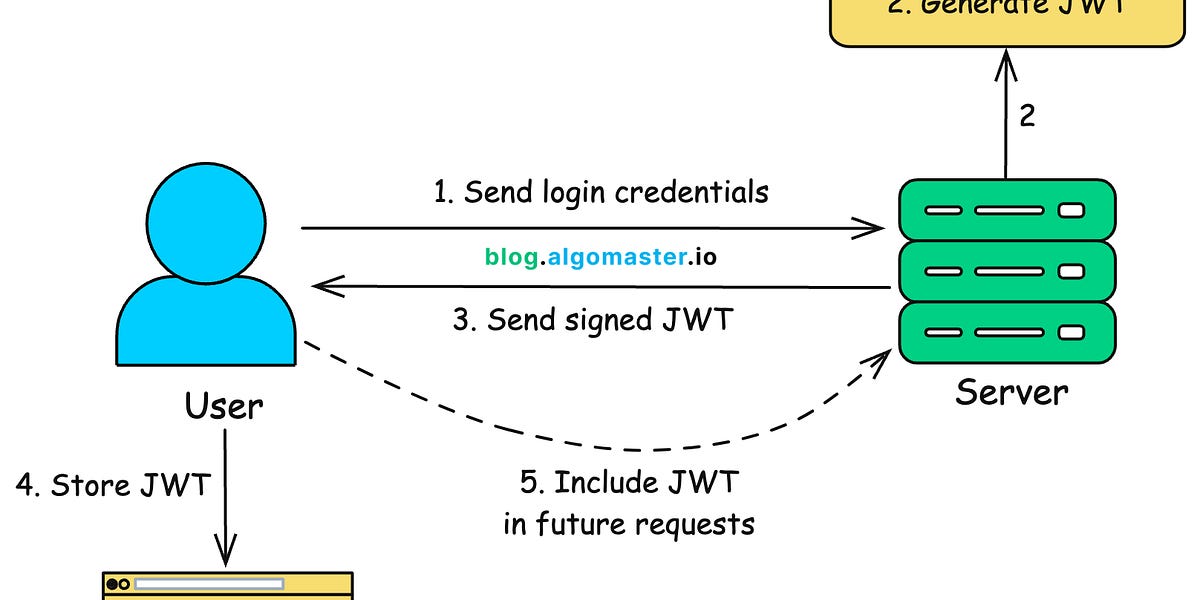- The Infinity
- Posts
- The Infinity Tech XVI
The Infinity Tech XVI

🚀 Happy Monday!
Welcome to The Infinity Tech!
This week, we’re welcoming 25 new members to our growing tech community. Let’s dive into this week’s highlights with Galactic Sync – your quick and sharp roundup of the latest in Tech!
🛸 This week’s highlights:
🔹 Midjourney launches its first AI video generation model, V1
🔹 10 MCP, RAG and AI Agents Projects
🔹 Adobe made a mobile app for its Firefly generative AI tools
🔹 What are JSON Web Tokens (JWTs)?

Tech News
🔹 This AI Model Never Stops Learning
🔹 Midjourney launches its first AI video generation model, V1
🔹 Adobe made a mobile app for its Firefly generative AI tools
Tech Articles
🔹 10 MCP, RAG and AI Agents Projects
🔹🌾 Learning Full Stack Data with GenAI — Part 1: Project Kickoff
🔹Concurrency Is Not Parallelism 🔥
🔹How We Load Test Argo CD at Scale: 1,000 vClusters with GitOps on Kubernetes
🔹 Why Most AI Agents Fail in Production (And How to Build Ones That Don’t)

Companies News
🔹 Maven AGI Raises $50M to Meet Surging Demand for Enterprise-Grade AI
🔹 Seekr raising $100mm funding round at a $1.2b valuation led by Danu Venture Group and AMD Ventures
🔹 Extend Raises $17 Million to Build the Document Processing Cloud
🔹Fleet Closes $27M Series B Round



Open Source Repositories
🔹 Jan is an open-source alternative to ChatGPT that runs 100% offline on your computer.
🔹 Anthropic Cookbook is a collection of notebooks and recipes showcasing some fun and effective ways of using Claude.
🔹 Continue is a GitHub action to publish a new version of a Continue package.
🔹 Stopwatch is a simple solution for benchmarking vLLM, SGLang, and TensorRT-LLM on Modal.
🔹 Workout.cool is a modern open-source fitness coaching platform that allows you to create workout plans, track progress, and access a comprehensive exercise database.
🔹 Automatisch is a workflow automation tool, an open-source alternative to Zapier, that allows you to build workflow automation without spending time and money.
🔹 Strands Agents SDK Python provides a model-driven approach to building AI agents in just a few lines of code.
🔹 Nxtscape is an open-source agentic browser that runs AI locally.
🔹 BunkerWeb is an open-source and next-generation Web Application Firewall (WAF) that protects your websites, web apps, and APIs.



“It’s not a bug, it’s a feature!”

1. Technique: Iterative Funneling (Progressive Summarization)
This technique forces the AI to first grasp the main points and context of the text, and only then distill it into a more concise summary. It preserves crucial details that might be lost in a direct, single-step summarization.
Goal: To create summaries with maximum density and accuracy by minimizing information loss.
Prompt Template:
[Paste text here]
---
I want you to perform a two-stage summarization of this text:
Stage 1: Create a summary of approximately <target word count 1, e.g., 150 words>, ensuring you preserve all main ideas, critical details, and the original context.
Stage 2: Using *only* the summary from Stage 1, write a final, dense version of approximately <target word count 2, e.g., 50 words> that retains the core message.
Optimization Tips:
For Technical Reports: For technical documents or post-mortems, keep the word count for the first stage higher (e.g., 50% of the original) to maintain technical accuracy.
For General Texts: For blog posts or news articles, you can be more aggressive with the initial reduction (e.g., 25% of the original).
2. Technique: "Show, Don't Tell" (Concrete and Sensory Language)
This aims to replace abstract statements with concrete, observable, and sensory details that paint a clear picture or scenario in the reader's mind.
Goal: To make texts more understandable, memorable, and impactful. It's especially ideal for simplifying complex technical topics.
Prompt Template:
[Paste text here]
---
I want you to rewrite this text using the "show, don't tell" principle. Adhere to the following rules:
- Replace abstract concepts ("an issue occurred," "performance degraded") with concrete actions, objects, and observable results.
- Add visual and sensory words (sight, sound, feeling) to create a scene in the reader's mind.
- Avoid generalizations. Be specific with examples or data.
- Minimize metaphors and similes; instead, describe directly observable facts.
Use Case Example (DevOps):
Before (Abstract): "A critical failure in the system caused the servers to crash, leading to a service outage."
After (Concrete): "At 2:15 AM, alerts on the monitoring dashboard turned red. The primary database server stopped responding to pings, and user-facing APIs began returning 503 Service Unavailable errors. Within minutes, the entire service became inaccessible."


